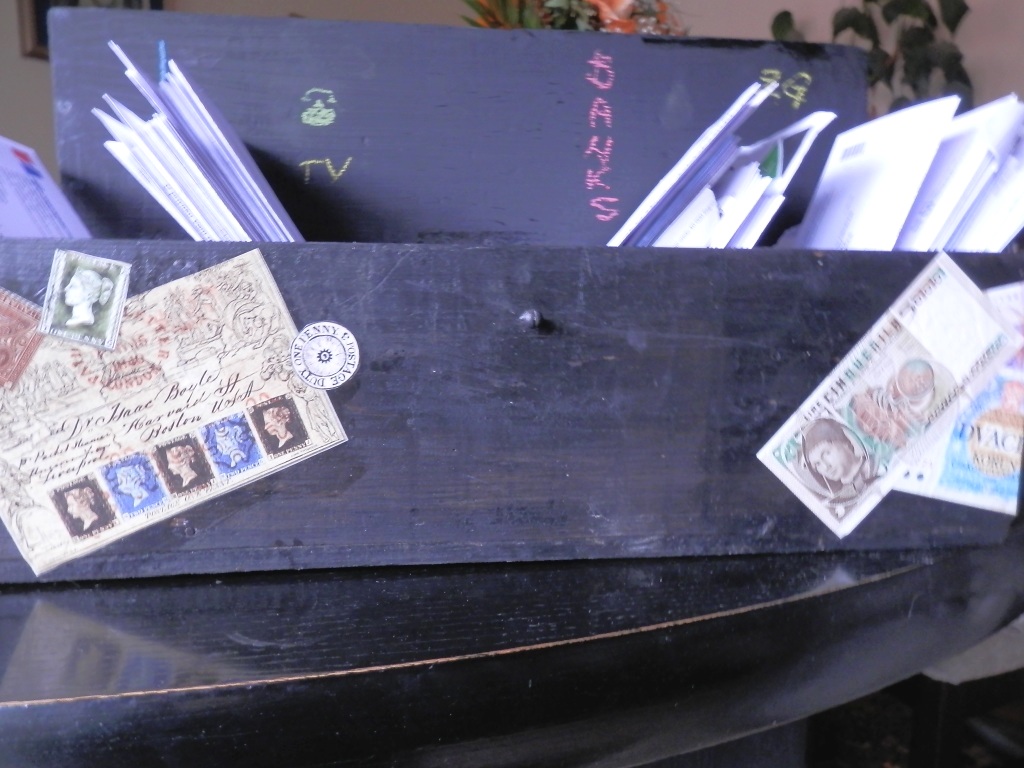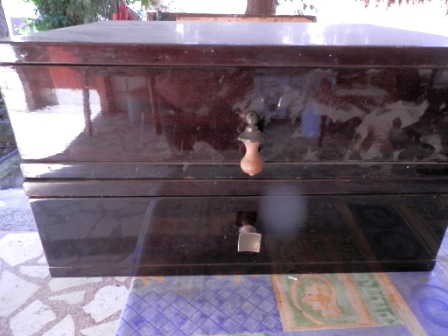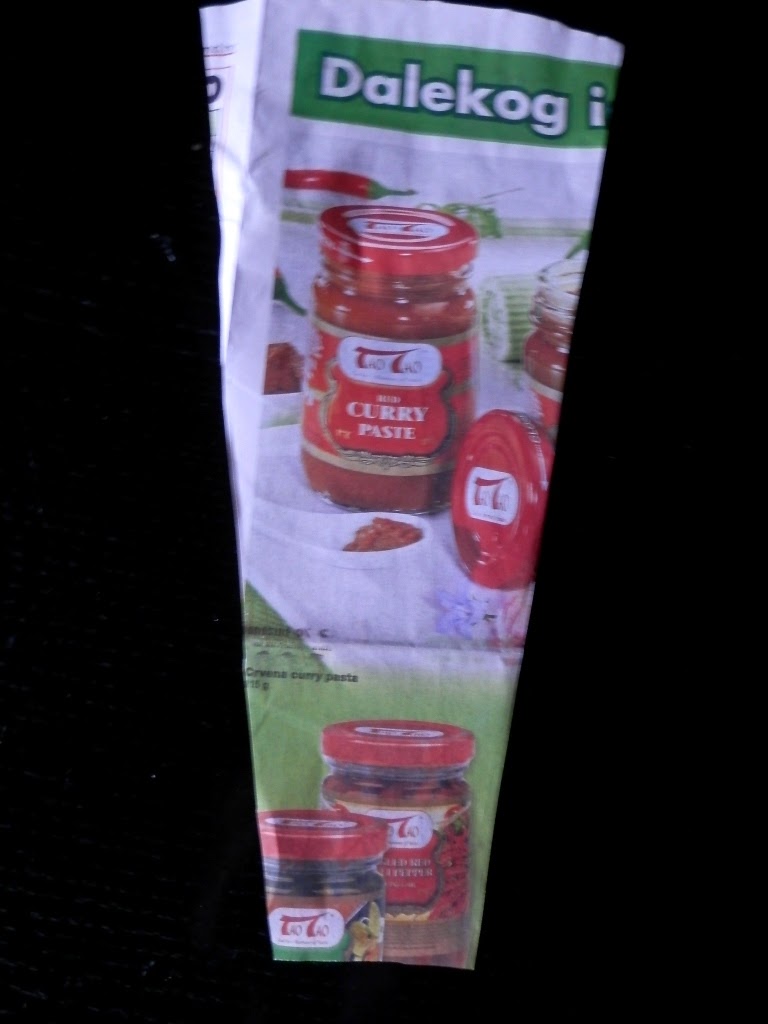
Finally, stars have set up properly for my vertical garden project. I found in the garage wooden box that seems to be perfect. This is project that takes at least a month or two to be quite ready for the wall and I will regularly update photos. I am so eager to see how it will turn out. But, prior to planting, some preparations need to be done to protect wood and avoid wood decay.
Tutorial (and journey) to set up vertical garden
This is box 'before'. It looks pretty good and the baffles could be removed. It might sound silly, but I discovered in the last moment that this could be done (and was delighted, as this made my job much easier).
I cleaned it, sanded a little bit and then 'wax' with an old candle.
Applied one coat of white acrylic paint, left 20 minutes to dry and sanded again to distress it.
I also painted back of the box, I always take care about the sides that are not visible, as well.
To protect the wood from water and moisture, applied coat of transparent satin varnish for boats (I already had it on hand). Applied it inside and outside the box and left to dry - this is oil paint and it took almost 24 hours to dry.
And the protection efforts were not finished. I decided to use transparent adhesive foil for additional protection and incase the whole box. The foil I also already had, originaly it was bough for school books protection. I love the grid on the paper side, it is so much easier to measure and cut the foil.
So, I measured to foil and cut the corners (to 'create' the box an put it inside the box.
Protected the buffles as well.
Box is now prepared and protected. More exciting part to follow.
Although this is going to be a vertical garden, I put some grit on the bottom for a drainage. First couple of month (or until the plants spread around) the box will stay in horizontal position.
As planned to plant succulents, prepared a mix of 1/3 sand and 2/3 usual soil for flowers.
The box is now filled with soil.
To avoid the soil to drift away, I fasten the metallic net onto the box.
Now, the best part - planting. I already have a lot of succulents - chose the smaller ones and planted them. I think I'll buy some additional on the green market, may be reddish or variegated.
What I learned? The meshes of the net were rather small, I had to use wooden stick for planting. It is better to use net with the bigger meshes. Some people used moss, may be this is even better, don't know.
At end, added soil and water sprayed my garden.





















































